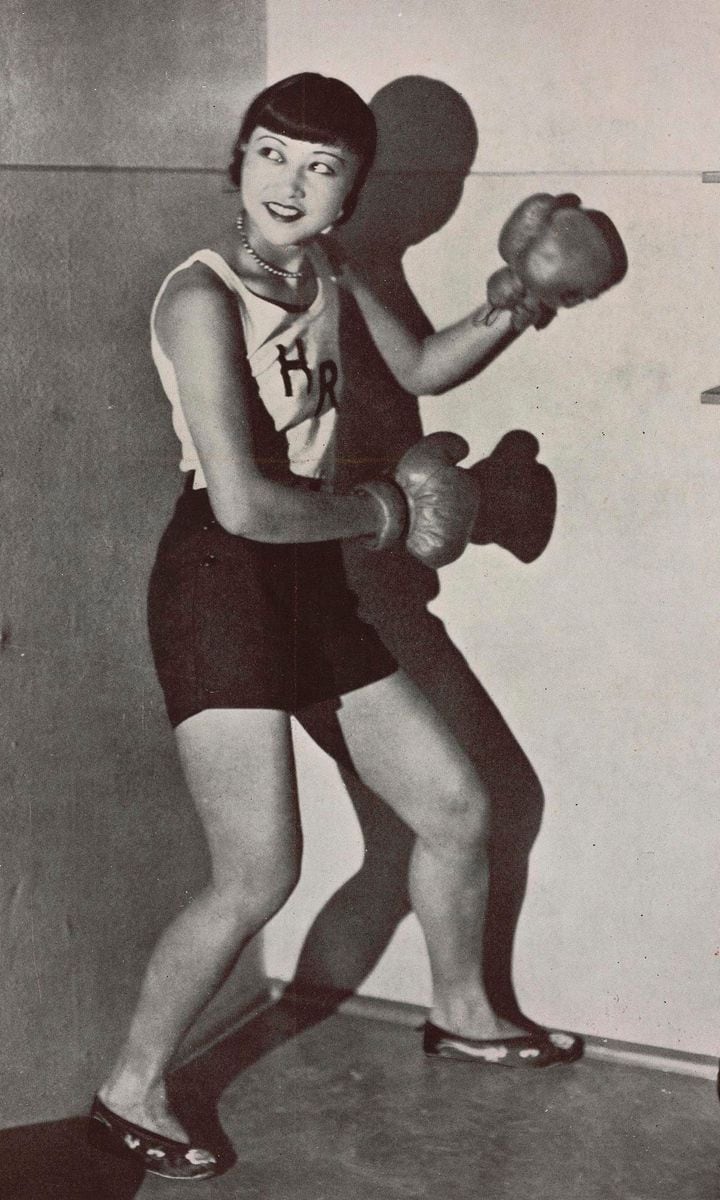Anna May Wong broke into Hollywood during the silent film era, and now her name speaks louder. The late star will soon be in our pockets after becoming the first Asian American to appear on U.S currency.
A century after she landed her first leading role, Wong’s signature blunt bangs and pencil-thin eyebrows will be on full display at the back of the new quarters starting Monday, October 24, 2022.
The new coin design is part of the American Women Quarters Program, a project highlighting pioneering women in different fields. Wong is the fifth woman to be featured. Upcoming quarters will feature poet and activist Maya Angelou; the first American woman in space, Sally Ride; Cherokee Nation leader Wilma Mankiller; and suffragist Nina Otero-Warren.
“These inspiring coin designs tell the stories of five extraordinary women whose contributions are indelibly etched in American culture,” the US Mint’s acting director, Alison Doone, told CNN.
“Many prominent actors from the 1920s and 1930s saw their name framed by lightbulbs on movie theater marquees, so I thought it made sense to feature Anna May Wong in this way,” said the coin’s designer, Emily Damstra, in a press release. “Along with the hard work, determination, and skill Anna May Wong brought to the profession of acting, I think it was her face and expressive gestures that really captivated movie audiences, so I included these elements next to her name.”
The American Women Quarters program will continue choosing five different women each year through 2025. The 2023 coins will spotlight pilot Bessie Coleman, composer Edith Kanakaʻole, former first lady Eleanor Roosevelt, journalist Jovita Idar, and ballerina Maria Tallchief.
Who was Anna May Wong?
Anna May Wong (January 3, 1905 - February 3, 1961) was the first Chinese American movie star and the first Asian American to become an international star. Her long and varied career spanned both silent and sound film, television, stage, and radio.
Born near the Chinatown neighborhood of Los Angeles to second-generation Chinese-American parents, Wong became infatuated with the movies and began acting in films at an early age.
During the silent film era, she acted in The Toll of the Sea (1922), one of the first movies made in color, and Douglas Fairbanks’ The Thief of Bagdad (1924). Wong became a fashion icon and, by 1924, had achieved international stardom.
Frustrated by the stereotypical supporting roles she reluctantly played in Hollywood, she left for Europe in the late 1920s, where she starred in several notable plays and films, including Piccadilly (1929).
She spent the first half of the 1930s traveling between the United States and Europe for film and stage work. Wong was featured in films of the early sound era, such as Daughter of the Dragon (1931) and Daughter of Shanghai (1937) and with Marlene Dietrich in Josef von Sternberg’s Shanghai Express (1932).
In 1935 Wong was dealt the most severe disappointment of her career when Metro-Goldwyn-Mayer refused to consider her for the leading role in its film version of Pearl S. Buck’s The Good Earth, choosing instead the German actress Luise Rainer to play the leading role.
Wong spent the next year touring China, visiting her family’s ancestral village, and studying Chinese culture. In the late 1930s, she starred in several B movies for Paramount Pictures, portraying Chinese Americans in a positive light. She paid less attention to her film career during World War II, when she devoted her time and money to helping the Chinese cause against Japan.
Wong returned to the public eye in the 1950s with several television appearances as well as her series in 1951, The Gallery of Madame Liu-Tsong, making history as the first-ever U.S. television show starring an Asian American series lead.
She died in 1961, at 56, from a heart attack.
,type=downsize)
